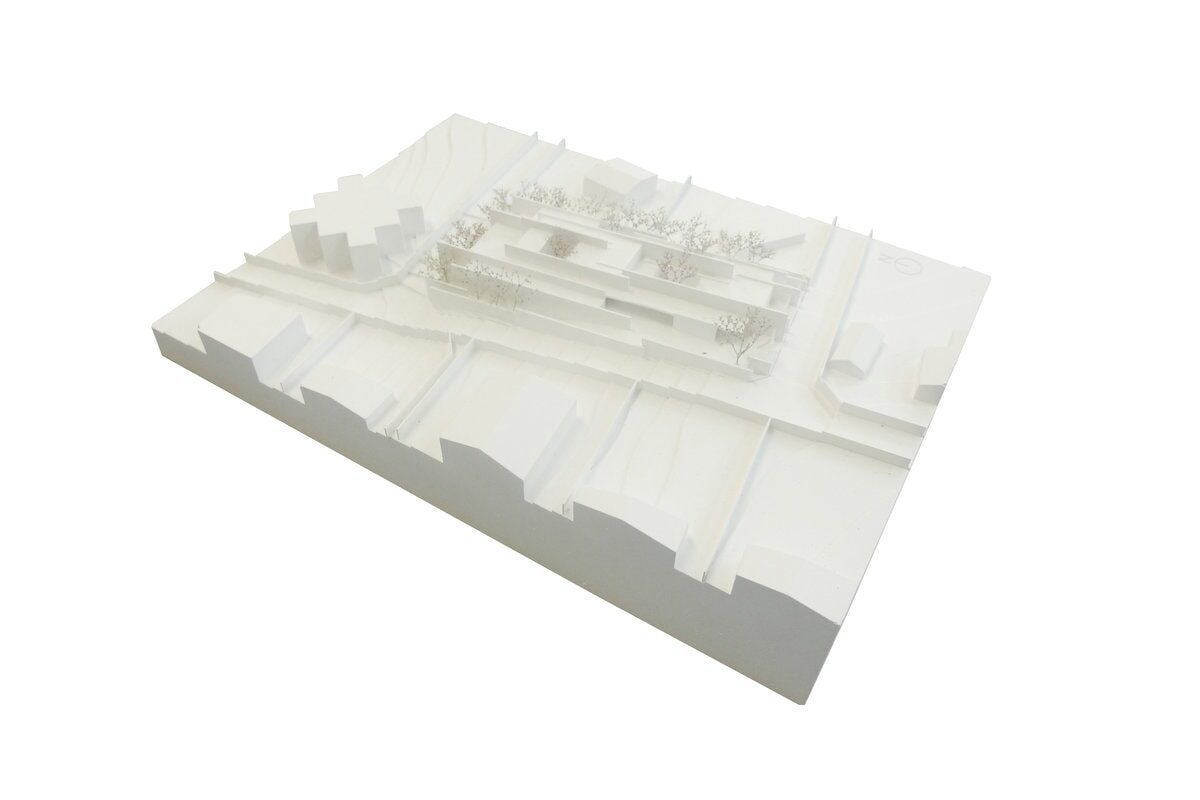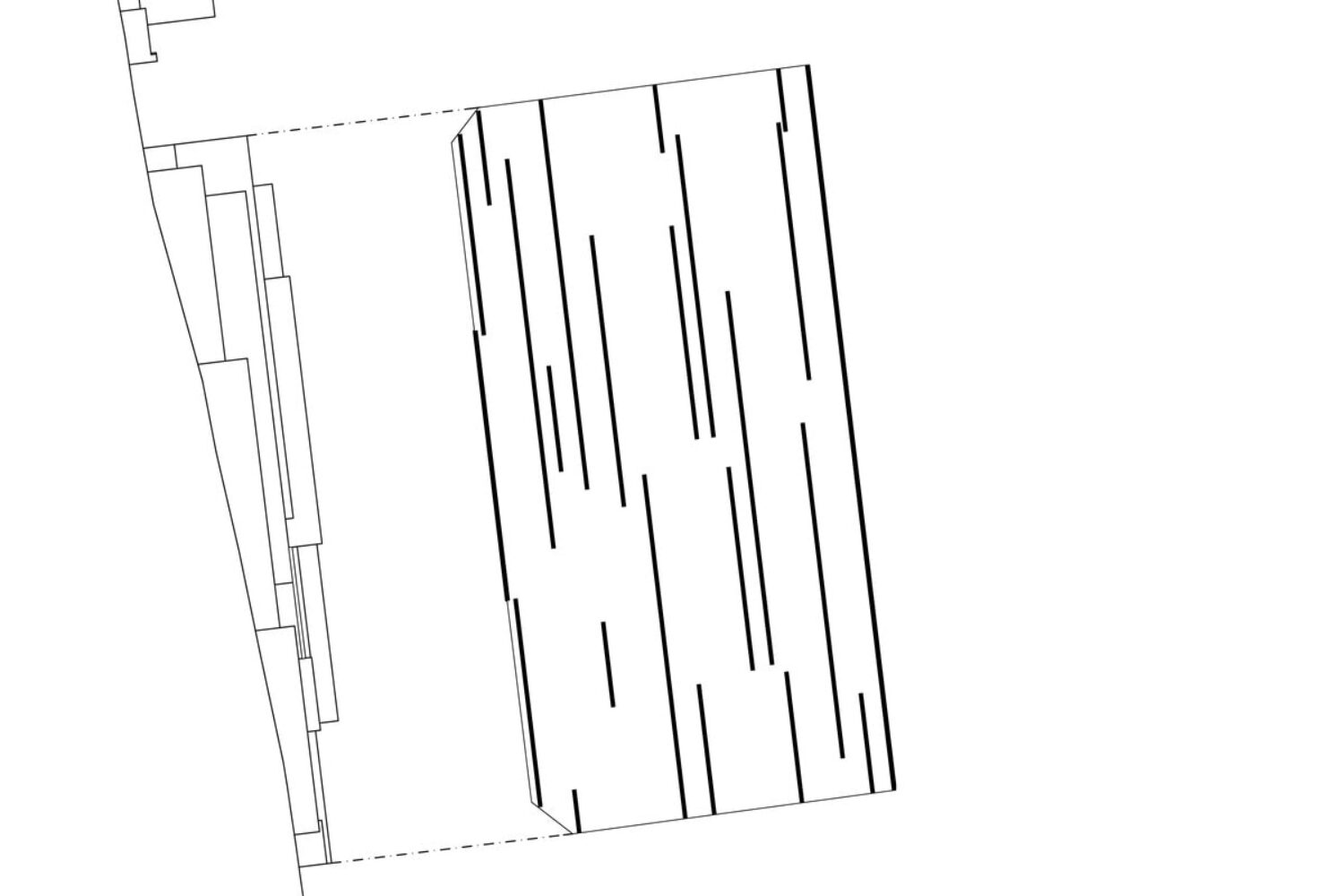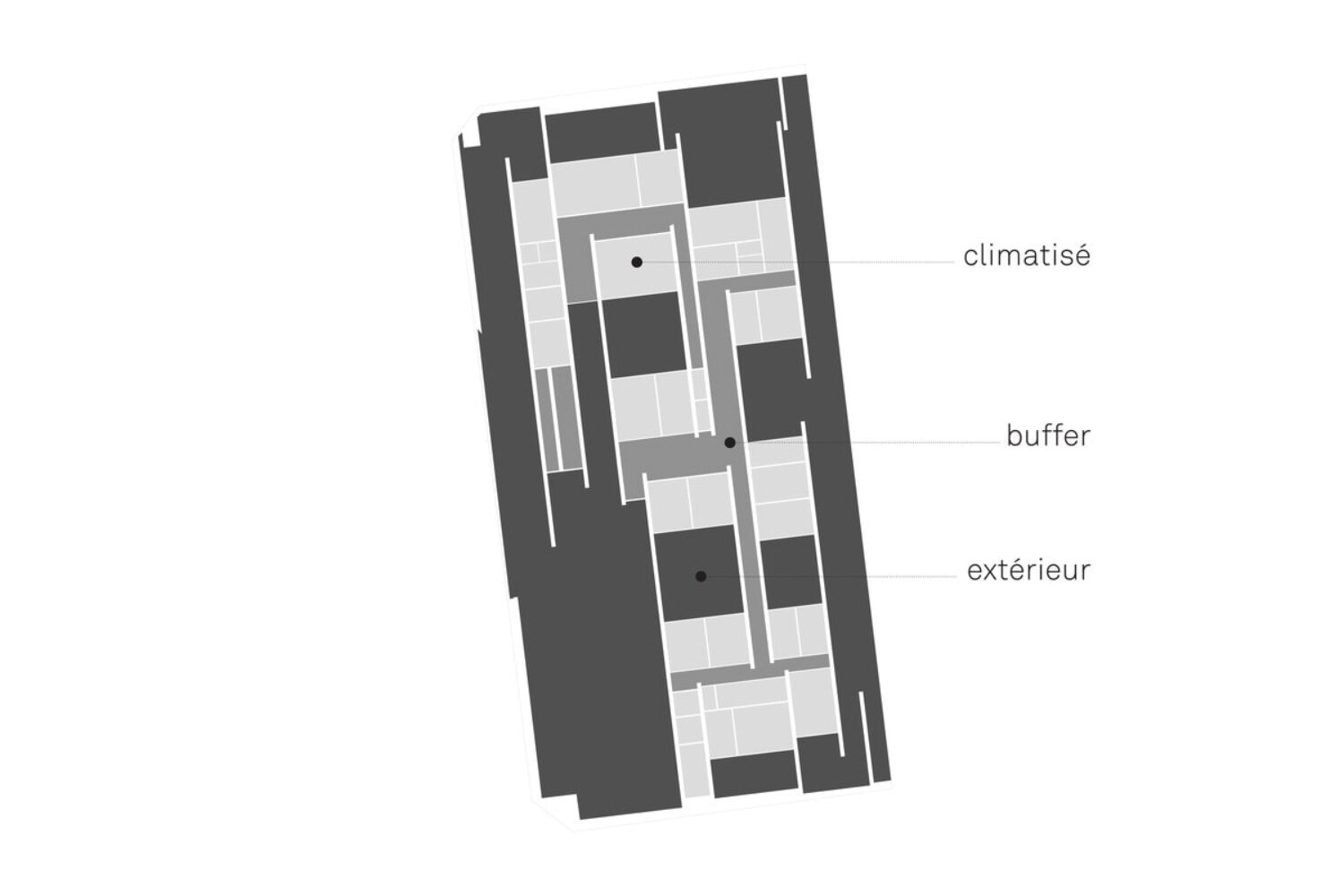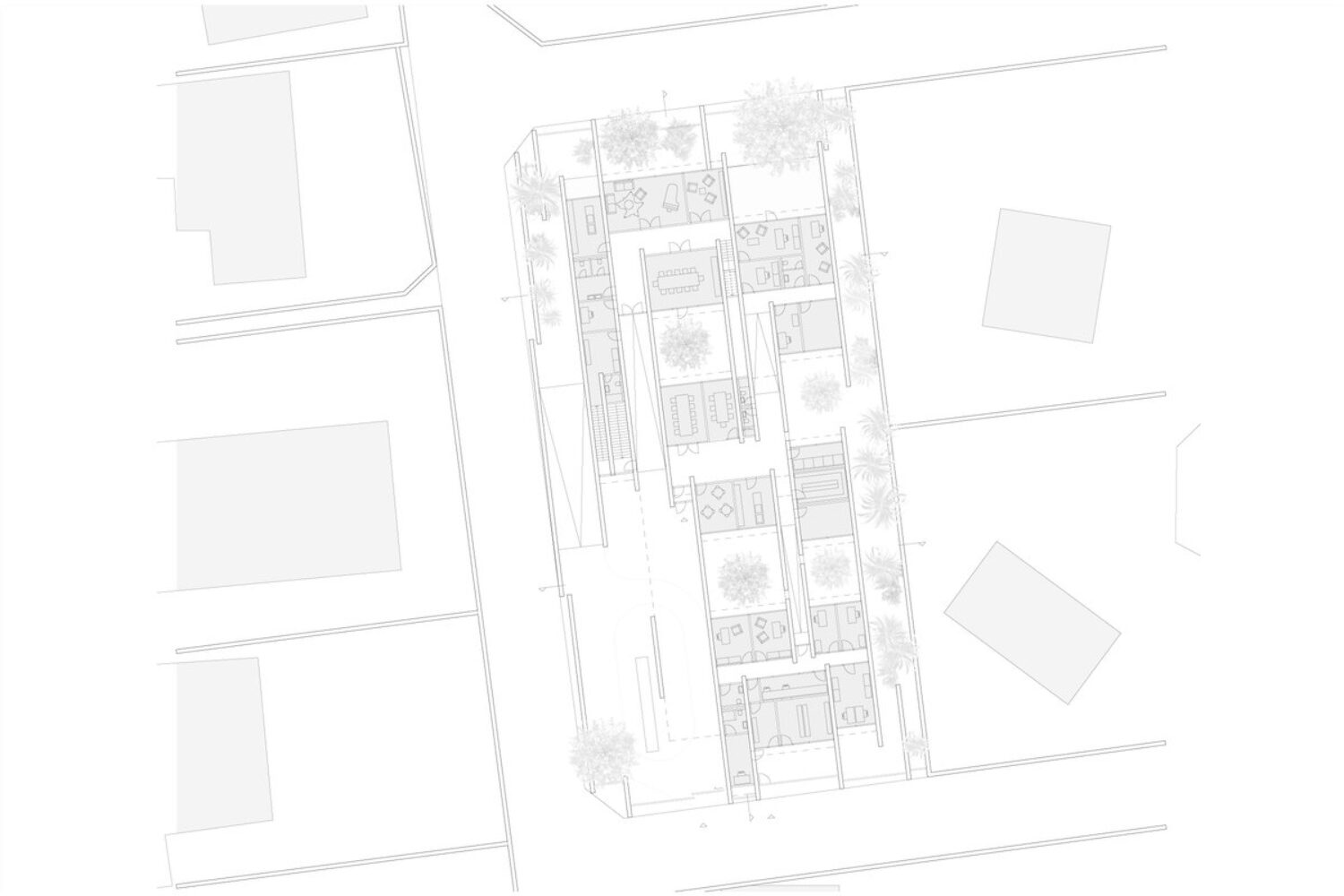Swiss Embassy, Kamerun
One of the defining elements of the new Swiss embassy in Cameroon is its walled setting. A key project leitmotif is walls in the form of tiers. Using this architectural device, the surrounding wall is integrated into the overall concept of the building complex.
Walls running from north to south create alternating interior and exterior spaces with a pavilion-like structure. This sequence of spaces establishes assignable spatial qualities. The alternating indoor and outdoor areas and the associated varying light mood and atmosphere create spatial sequences which are full of suspense. The compound represents values which are concomitant with Switzerland and Swiss architectural culture: security, strength, calmness, precision and openness. The atmosphere is determined by the serenity and presence of the walls which accompany and guide visitors through the building.
The horizontal configuration of the building makes use of the relatively steep incline of the terrain. Level 1 is where the “Chancellerie” together with the “Espaces de representation” are located. The degree of publicness is reduced as the building progresses from south to north. The private apartments of the ambassador and of his guests are located in the upper storey (“Résidence”). In the interior the materials applied are reduced, providing a clear and light impression according to the basic concept. The openings in the walls made of layered natural stone vary in their size depending on the intended use behind them. The facade gives a differentiated picture with a variation of light and shadow, while the warmth of the wooden partition walls and the wooden door and window frames contrasts with the brightness of the white painted concrete floors.














